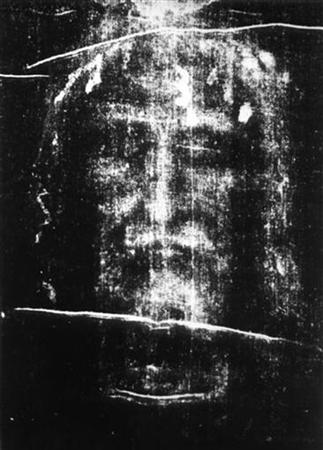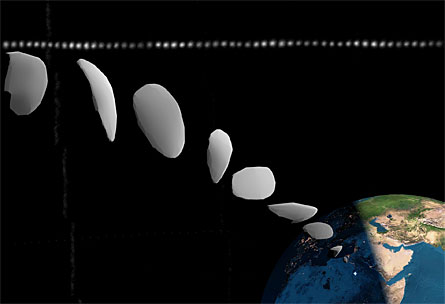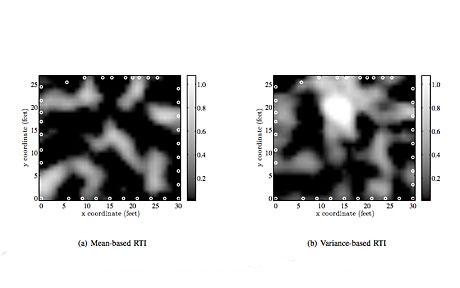
© Don Davis/NASAAn artist's rendering of the asteroid impact that took place 65 million years ago and likely killed off nearly every large vertebrate species on the planet, including, many think, the dinosaurs.
In 1980, Luis Alvarez and his collaborators stunned the world with their discovery that an asteroid impact 65 million years ago probably killed off the dinosaurs and much of the the world's living organisms. But ever since, there has been an ongoing debate about how long it took for life to return to the devastated planet and for ecosystems to bounce back.
Now, researchers from MIT and their collaborators have found that at least some forms of microscopic marine life - the so called "primary producers," or photosynthetic organisms such as algae and cyanobacteria in the ocean - recovered within about a century after the mass extinction. Previous research had indicated the process might have taken millions of years.
It has taken so long to uncover the quick recovery because previous studies looked mostly at fossils in the layers of sediment from that period, and apparently the initial recovery was dominated by tiny, soft-bodied organisms such as cyanobacteria, which do not have shells or other hard body parts that leave fossil traces. The new research looked instead for "chemical fossils" - traces of organic molecules (compounds composed of mostly carbon and hydrogen) that can reveal the presence of specific types of organisms, even though all other parts of the organisms themselves are long gone.








